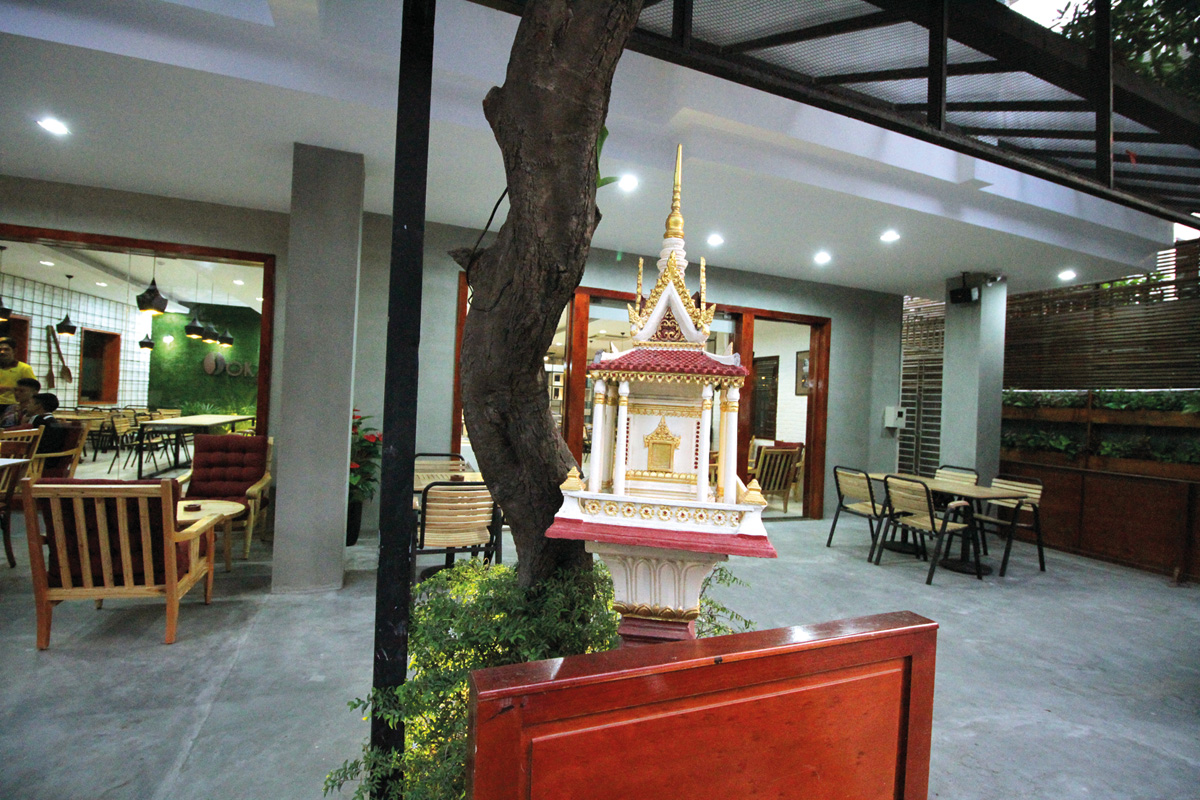Before 2013, SLR-laden tourists and backpackers from around the world flocked to Siem Reap for one major reason. Since its conception a little over two years ago, however, Phare, the Cambodian Circus has provided culture-seeking visitors an additional point of interest outside the ruins of Angkor. Now, the number one non-temple attraction in the city, the nightly indoor shows by a troupe comprising students and graduates from Phare Ponleu Selpak Association – an NGO arts school in Battambang – has grown to attain international recognition and acclaim.
Ten years before Phare, the Cambodian Circus – an annual touring circus show involving national and international performers – was conceived by Phare Performing Social Enterprise and PPSA. Known as Tini Tinou International Circus Festival, 2015 will mark its 9th year of touring, during which it will stop through Phnom Penh, Siem Reap and Battambang between May 7-16, presenting workshops and parades as well as themed circus shows.
Despite running for just short of a decade, Tini Tinou Festival organiser Melissa Fornaux admits that it didn’t get to this point without having endured some major hardships along the way, following a plotline familiar to many who have attempted to cultivate an artistic venture within the local environment. “It started in 2004, mainly as a way to promote and develop the Cambodian art scene. Unfortunately, it was cancelled in 2010 due to funding limitations,” Fournaux says.
Thanks to a combination of good timing, a tonne of talent and resourcefulness, and a perhaps a spot of good fortune, however, Fournaux and her team were afforded an opportunity to take a second stab at reviving their vision. “Last year, Phare artists were invited by the European Delegation in Cambodia to perform for the Europe Day. PPSE and PPSA saw an opportunity to revive the festival, with new financing and a brand new format. The two nights in 2014 were a success, so we’re back this year.”

Last year’s comeback festival ran over two days in Phnom Penh, featuring all Cambodian troupes. With more experience to draw upon and some careful long-term planning, this year’s Tini Tinou has exploded into a 10-day festival across three cities, featuring two Cambodian troupes (Battambang’s PPSA and Phnom Penh’s National Circus School of Cambodia) and four international troupes from Taiwan (Formosa Circus Arts), Vietnam (Heritage Social Ho Chi Minh City), France (O Ultimo Momento) and Switzerland (Les Papillons).
“For this edition, our goal was to have a very varied show, each showing the specificity of a country,” Fournaux says. “All international artists as well as the National Circus School of Cambodia have designed new shows specifically for Tini Tinou. This year’s festival will involve circus acts – juggling, acrobatics, diabolo, Chinese pole – but all of them performed with different techniques. One troupe also performs magic tricks (Heritage Social Ho Chi Minh City) and another one rythmic gymnastic (Les Papillons). Phare’s circus show features circus acts, theatre, dance and live music.”
But Fournaux says the Tini Tinou mission runs deeper than just showcasing a variety of different performance arts and their cultural variations. “The goal of the Tini Tinou Festival is to enhance cultural exchange between performers and development through the arts, which is also one of the missions of Phare,” Fournaux explains. “We’re trying as much as we can to create an atmosphere of sharing: each troupe shares its own experience of art as well as its different techniques through workshops. We believe that everyone has their own way of understanding the arts, so sharing is also a way to broaden one’s horizons and to personally develop.”
Artistic Director of Phare, the Cambodian Circus, Bountheun Houn agrees that personal development is a major objective of both the festival and the circus school itself, the achievement of which he believes is frequently reflected among his own students.
“I’ve known the artists for a long time and I’ve seen many of them change. Their personal behaviour has definitely changed,” Houn says. “They have developed the skills to pursue other things over a long time. Many have become more independent and, in fact, now like to work more privately, rather than in groups.”
This raises an important question regarding the future prospects of the students after they have completed their training at PPSA. Having received such specific training, what options are there for those who either do not wish to perform in the circus at the end of their training, or reach the point where it is no longer viable to continue performing due to their age, ability or competition from younger entrants?
Fournaux assures that, due to the carefully considered, holistic syllabus of the school, options for graduates of PPSA are many and varied. “Most of the artists who stopped performing are now circus teachers at our mother NGO Phare Ponleu Selpak,” she says. “Performance art is a very specialised domain, but Phare Ponleu Selpak is also a school. It means that the circus artists didn’t only study circus, but also received traditional education. Some of them also tour internationally, in Europe and the US, which gives them ideas and opportunities to develop.
“Phare also created a Career Development Programme and organises various training courses related to artistic and non-artistic fields, in order to give artists more opportunities to develop in their personnal and professionnal lives,” Fournaux adds. “Our main goal at Phare is to give artists the keys for self-development and to manage their own lives.”

Houn himself is a real-life example of this model. “Before [becoming Artistic Director at Phare] I used to be an artist and circus teacher. I performed in [Phare circus shows] Sokha and Putho, in which I was an acrobat and clown. Then I started managing artists, working with the artists at the school to perform at small private events around the country.”
Sreyleak Noi, a young contortionist and handstand specialist in Tini Tinou, joined the PPSA when she was nine years old and went on to join the circus school when she was 13. Before this, she sold cakes with her mother and sisters in her hometown in Battambang.
Noi says that her decision to join the circus school was, in fact, based largely on the graduate opportunities which the PPSA had to offer. “The circus school was different from the other programmes offered at the school. I saw the older generations of circus performers from Phare earning money and traveling abroad and I wanted that for myself too,” she says. “I was able to go to public school for free and to learn circus performing as well. Later, I could attend workshops and travel, always learning new things. The best thing is always being able to learn.”
At age 25, Noi has travelled to 10 different countries in Asia, Europe and Africa to attend workshops, perform, and to teach other international performers. Whether while traveling or through being involved with Tini Tinou Festival, Noi reiterates the importance of learning through interaction and exchange with performers from around the world.
“I learn a lot from meeting international performers and seeing them perform,” she says. “Everybody’s technique and styles are different. I sometimes keep in touch with them too.”

With continuous learning and development clearly a key motivator for Noi, she hopes to one day share her knowledge with younger generations. “I want to continue to perform as long as I can keep learning new things,” she says. “But I would also like to create my own show, maybe shows for children.”
If Noi is representative of other PPSA students and Tini Tinou performers, it appears that the PPSA and Tini Tinou organisers are indeed accomplishing their mission in terms of student learning and development through the school and festival.
Fournaux hopes that on a wider scale the festival will also serve as an inspiration for the growth and rejuvenation of the Cambodian arts scene.
“The goal of the festival is also to inspire Cambodian youth; to share art with the Cambodian community where access to it is reduced. That is one of the reasons why we’re inviting children of NGOs and communities,” she says. “The Cambodian performing arts sector is still in a rebuilding state, so I hope that the festival will allow the interest for circus and performing arts among Cambodians to grow.”
Fournaux is quick to emphasise, however, that, while it stems from an NGO with a long-term social mission for its students and the wider arts community, Tini Tinou is still, at its heart, a festival, a central purpose of which is to engage, amuse and inspire.
“It’s important to remember that the festival is entertainment – we want people to have fun. What I personally hope is that every person coming, children as well as adults, will be inspired by all the talented young artists who will perform.” Fournaux adds, “And of course, I hope that this edition will be as successful as the last, to allow us to organise a bigger and more amazing Tini Tinou next year!”
Tini Tinou International Circus Festival will perform at the National Circus School of Phnom Penh, National Assembly Street, from 6pm, Thursday May 7-Saturday May 9. See www.pharecambodiancircus.org for ticketing and programme information.


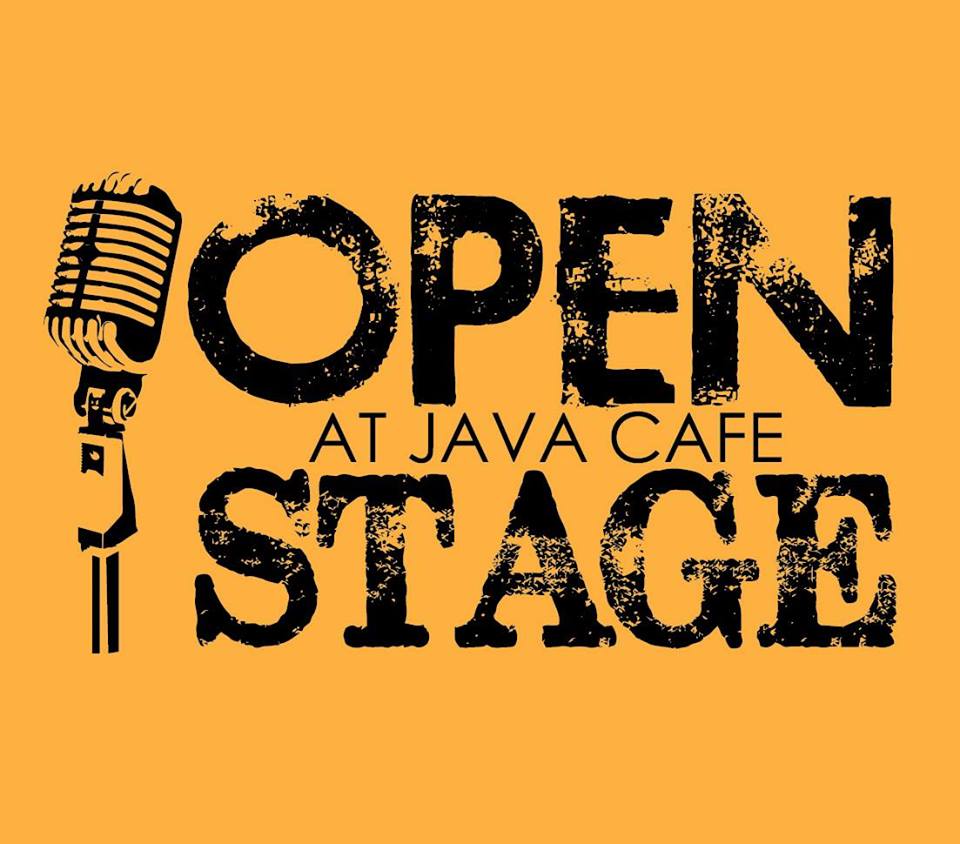
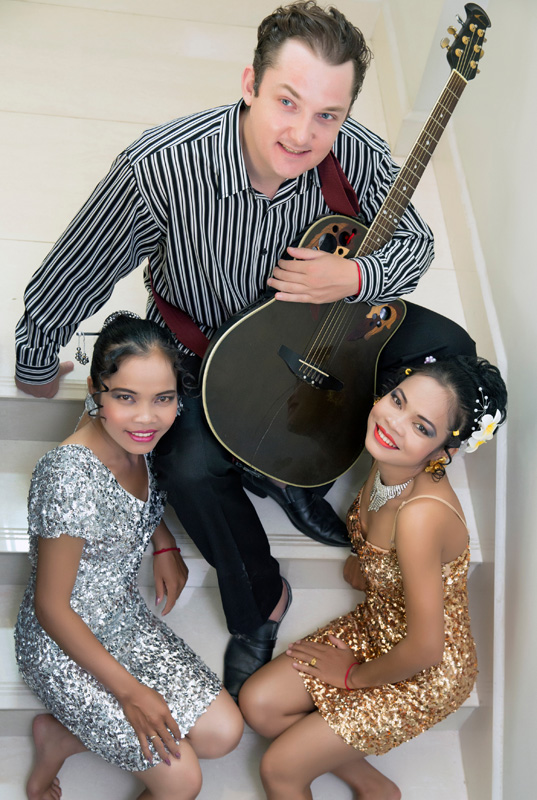
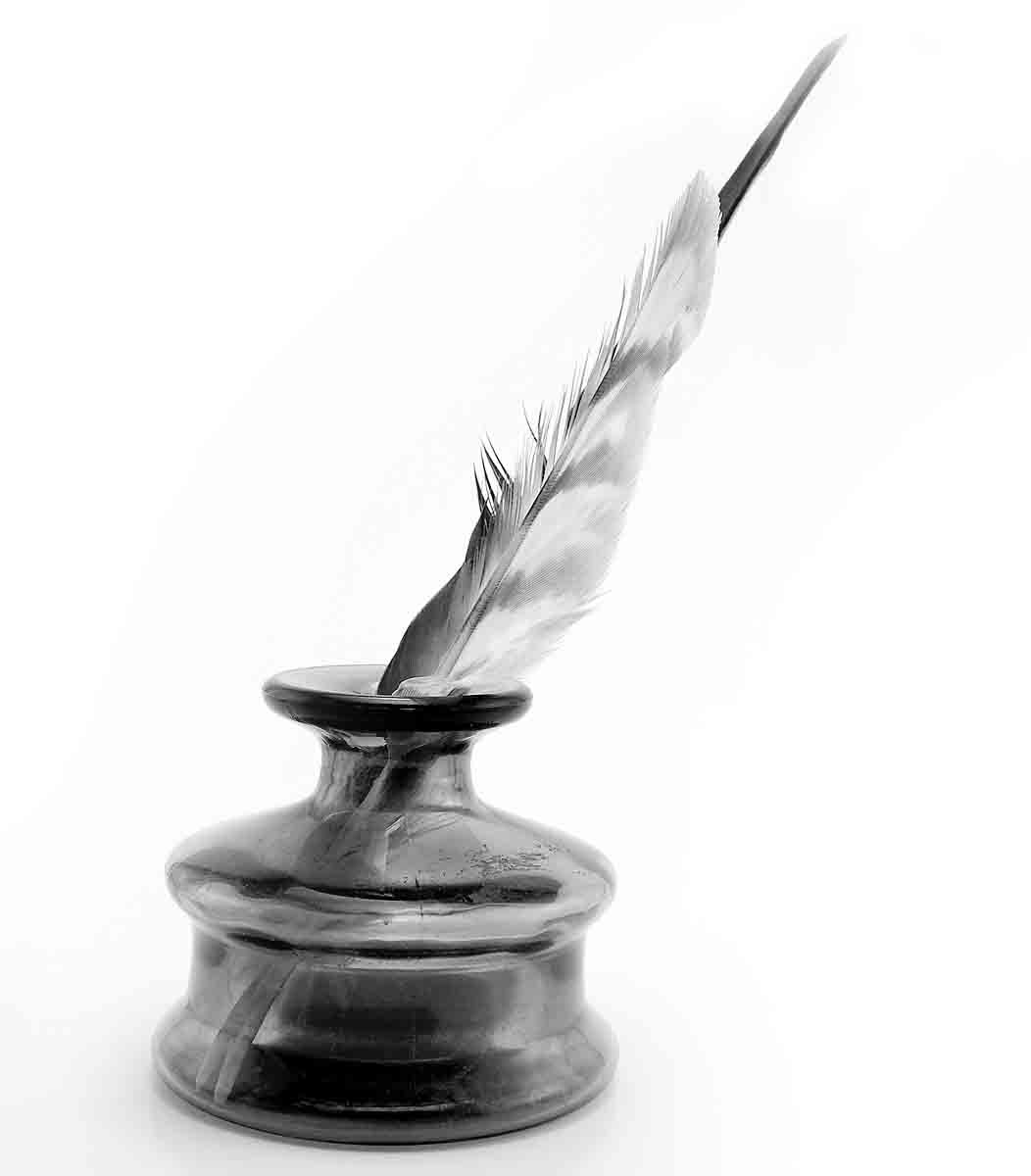
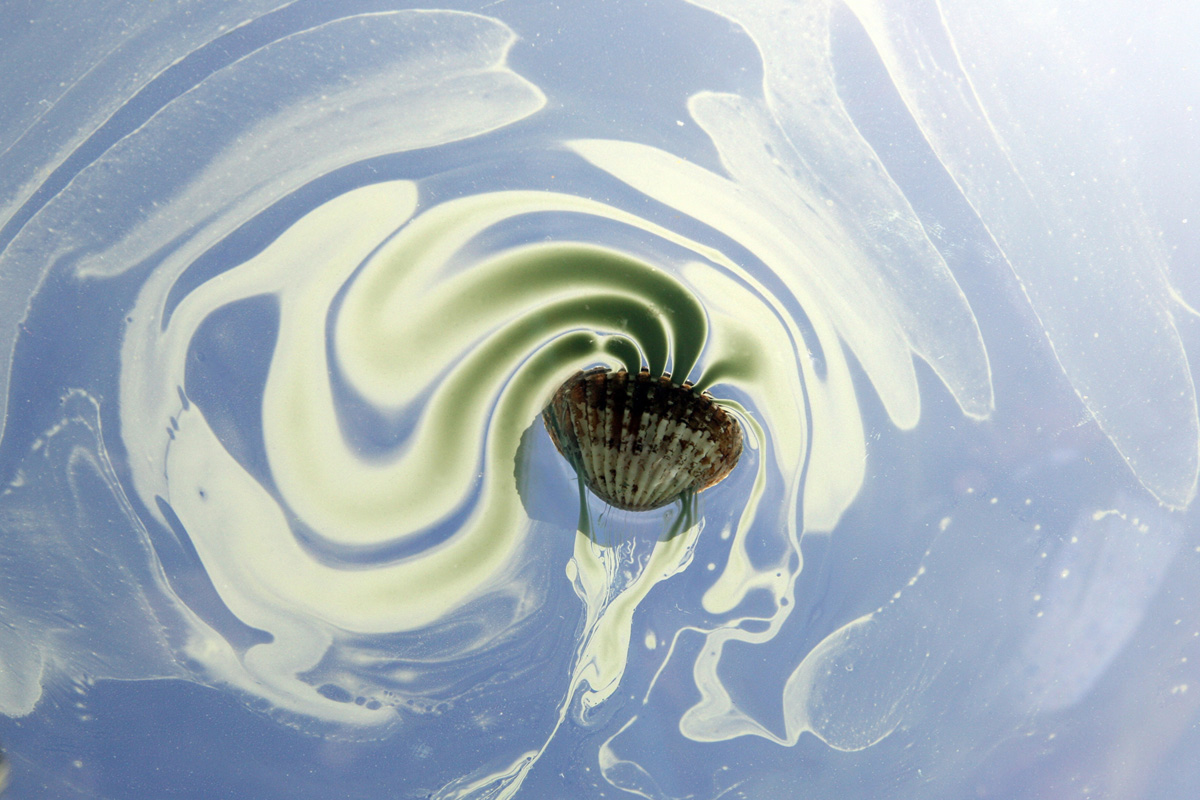
 Those even vaguely tuned into the national art scene will be familiar with the work of Mak Remissa, the locally born artist considered by many to be one of the most successful photographers of his generation. It wasn’t long after graduating from Phnom Penh’s Fine Arts School in 1995 that his talent caught the attention of worldwide publications, many at which he has since worked as a photojournalist. At the same time, his fine art photography began exhibiting across Cambodia, Singapore, China, France, Canada, the US, and beyond, recognised for not only its attention to fine detail, but regular themes concerning the environment and conservation. In his latest exhibition, Water is Life, Remissa emphasises the importance of water for animals, vegetation, humans and life on earth.
Those even vaguely tuned into the national art scene will be familiar with the work of Mak Remissa, the locally born artist considered by many to be one of the most successful photographers of his generation. It wasn’t long after graduating from Phnom Penh’s Fine Arts School in 1995 that his talent caught the attention of worldwide publications, many at which he has since worked as a photojournalist. At the same time, his fine art photography began exhibiting across Cambodia, Singapore, China, France, Canada, the US, and beyond, recognised for not only its attention to fine detail, but regular themes concerning the environment and conservation. In his latest exhibition, Water is Life, Remissa emphasises the importance of water for animals, vegetation, humans and life on earth.




